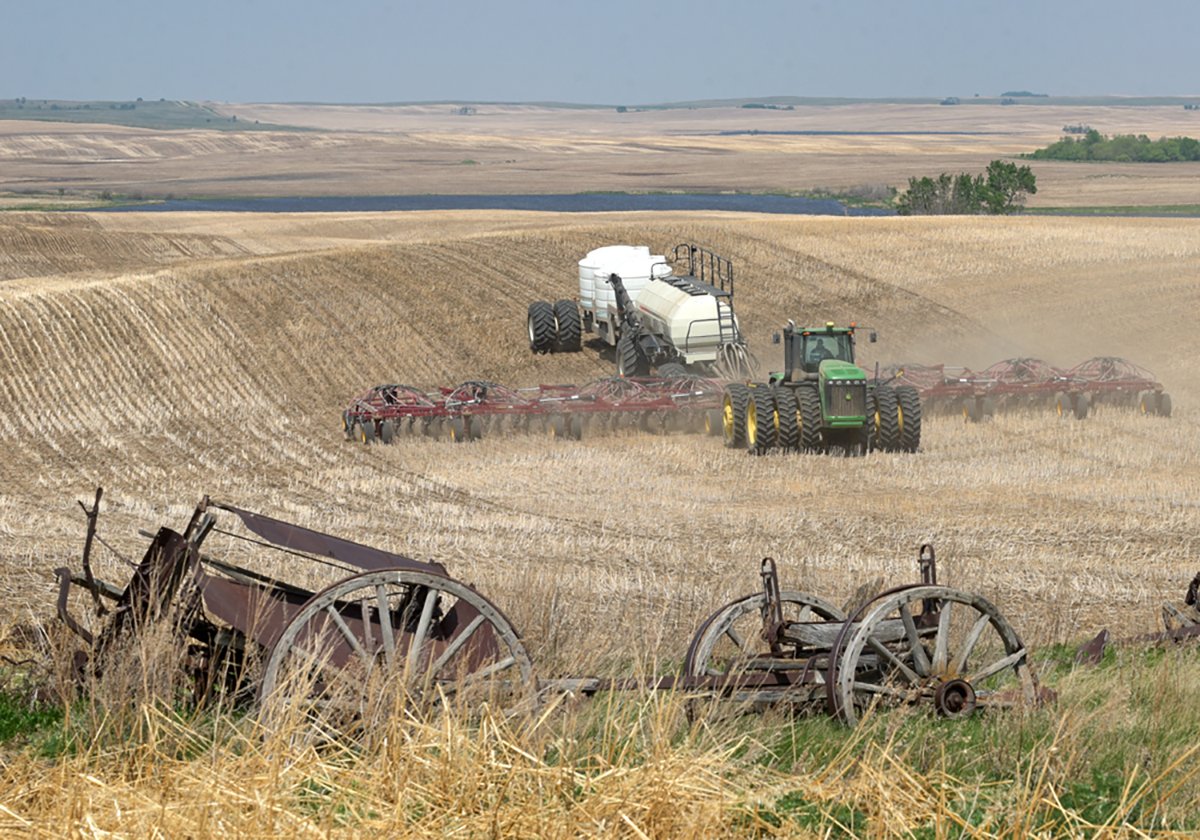When Coke introduces a new drink, it spends millions to plaster its name on television and movie screens, magazines and newspapers.
When Duane and Debbie Mertin of Homestyle Beverages introduce a new cider, they stand for hours at a trade show booth pouring the sweet, warm drink into small, white paper cups for passing throngs.
“We’ve done 18 shows in the last two months so we are pretty beat right now,” said Debbie as she passed yet another free sample to a passerby.
Homestyle’s booth was one of about a dozen food stops at the lifestyle section of Canadian Western Agribition last fall.
Read Also

Who owns farm data?
Data privacy is one of the noted issues blocking adoption of digital agriculture on Canadian farms as farmers worry about where their data is going and how it’s being used by companies.
For beginning food companies, particularly those with unusual products, trade shows are an important vehicle for introducing products to consumers.
“Trade shows are the most effective way of marketing for this product because it is very hard to put something on paper to give people the concept, taste and perception,” Duane said.
Home-grown taste
Homestyle sells cider concentrates made from prairie grown berries such as black cherry and saskatoon.
“If it was just apple cider it could be marketable in a general grocery store, but there are lots of companies that do apple cider. Ours is a bit unique.”
The six-year-old company has also developed a small retail presence, through specialty coffee shops and gift boutiques.
But they believe cultivating a wider retail business will be difficult because of the need to offer samples of the product to generate interest.
Directly behind Homestyle in the next aisle, Rene Gaudet and Jennie Baudais of Jr. Snax are also filling little white paper sample cups with their dry roasted pea snacks that taste similar to peanuts.
The husband and wife team runs a farm and seed cleaning plant at Bellevue, Sask. They began their business after they learned the Japanese were making a healthy, high-fibre pea snack food.
“We cleaned peas and a lot were shipped out of the country. I found out they were making a snack food out it,” said Gaudet.
“I figured if they can ship them, process them and ship them all back, why can’t we do it here?”
Jennie worked out a practical processing system in the kitchen and Rene built the dry roaster.
His first informal market research was done at a trade show where he didn’t have a booth, but showed the product to those who did and who offered encouragement.
Gaudet also says getting people to taste the product is vital to its acceptance.
“It’s such a new product. People don’t know what it is so we are trying to create an awareness at these trade shows.
“We are creatures of habit and when we go in stores we don’t think, we do it by habit. If we see something we know, we buy it.”
In addition to trade shows, Smax has developed a grass roots marketing system where individuals find customers for Gaudet and Baudais to supply.
“What I wanted to do was compensate people who were consuming it, because they were the ones talking about it and promoting it naturally,” Gaudet said.
However, the system has hit its limit because it is now reaching people who don’t have the same commitment to the product as those who began the process.
But he’d still like to have a direct relationship between the grower-processor and the consumer.
“I think the big guys are getting bigger and are so big that he imposes his quality standard on everyone else.”
Meanwhile, a few booths down the row, Edna Barr hands out samples of Barr’s wheat brittle, a product similar to peanut brittle but containing wheat instead of nuts.
Barr’s, centred in Saskatoon, also produces Belgian berry chocolates made with wild prairie berries and also jams made with the same fruit.
Although taste samples at trade shows are important, Barr’s best markets are specialty shops and hotels in vacation destinations such as Banff and Niagara Falls.
Barr said a key factor in the specialty candy business is the packaging.
“So long as it says Canada and has a maple leaf, it will sell,” she joked.
And of course, the wheat brittle has to have a prairie scene with a grain elevator in the background.
















